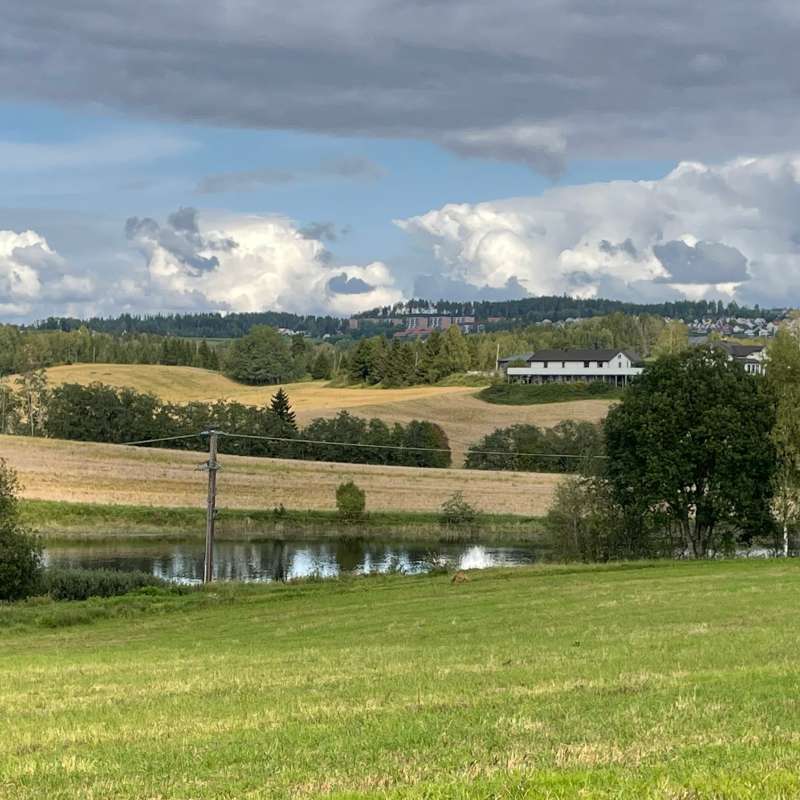Esther Bloem
Research Scientist
Abstract
No abstract has been registered
Abstract
No abstract has been registered
To document
Authors
Marianne Stenrød Esther Bloem Nana Yaa Boahene Tor Fredrik Holth Tim Hofer Mette Helen Bjørge Müller Elise Rundén-Pran Christian VogelsangAbstract
No abstract has been registered

